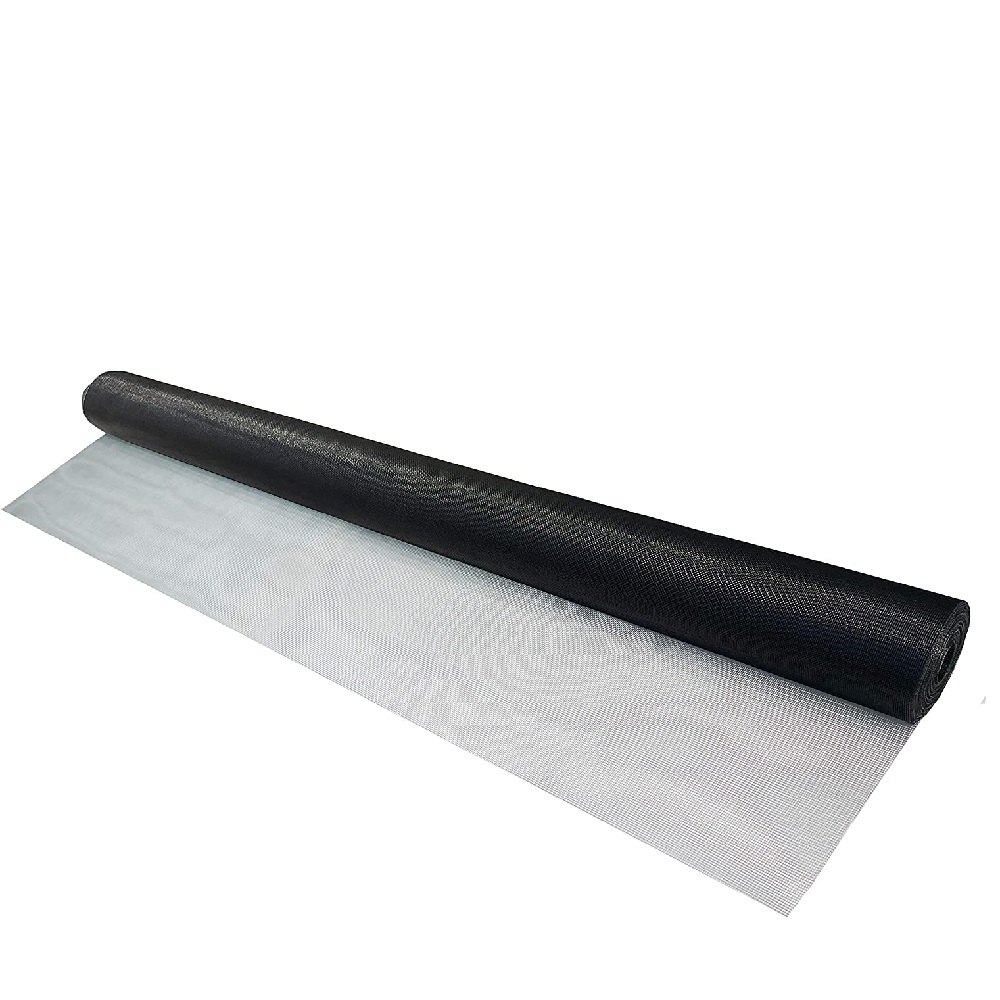Exploring the Uses and Impacts of Barbed Wire Fencing in Modern Agriculture and Security
Jan . 01, 2025 08:08
The Intricacies of Barbed Wire Fences A Historical and Practical Perspective
Barbed wire fences, an invention that transformed the landscape of agriculture and land management, have a rich history punctuated by technological innovation and societal transformation. Originally developed in the late 19th century, barbed wire emerged as a solution to a pressing problem how to enclose and protect livestock, define property boundaries, and control movement in the vast expanses of the American West. This article explores the historical context, design features, and contemporary applications of barbed wire fences.
Historical Context
The invention of barbed wire is often attributed to Joseph Glidden, who patented his design in 1874. Before this innovation, ranchers relied on more cumbersome methods, such as wooden post-and-rail fences, which were not only labor-intensive to construct but also costly to maintain. The introduction of barbed wire represented a seismic shift in fencing practices. Its affordability and effectiveness allowed farmers and ranchers to protect their lands and livestock without incurring excessively high costs.
As the American frontier expanded, the need for fencing became more pressing. With cattle drives and open range grazing being common practices, conflicts over land usage frequently arose. Barbed wire helped to mitigate these disputes, allowing landowners to demarcate their property clearly and restrict access to their fields. The widespread use of barbed wire in the 1880s and 1890s led to both praise and criticism—while some hailed it as a means of establishing order, others condemned it as a barrier that restricted free movement across the landscape.
Design Features
Barbed wire consists of sharp barbs spaced at regular intervals along a strand of fence wire. These barbs, typically made of galvanized steel, serve multiple purposes they deter animals from pushing through the fence and discourage unauthorized human trespassers. The design is deceptively simple yet remarkably effective, combining durability and cost-efficiency. The wire itself can withstand harsh weather conditions, making it suitable for a wide range of environments.
Barbed wire fences can be constructed in various configurations, depending on the specific needs of the user. Single-strand fences are often used for temporary enclosures, while multi-strand constructions provide increased security and durability. Variations like electrified barbed wire fences have emerged, offering even greater deterrence against intruders, both animal and human.
barbed wire fences

This adaptability makes barbed wire an invaluable tool for farmers, ranchers, and even urban planners. It is used not just in agricultural settings but also in a variety of contexts—from securing private properties and constructing military barriers to defining wildlife reserves and managing urban traffic.
Contemporary Applications
Despite its historical roots, barbed wire continues to find relevance in modern society. In the realm of agriculture, it remains an essential component for protecting crops and livestock. Farmers create functional yet efficient fencing solutions that echo back to the practical needs of the past.
In urban environments, barbed wire serves as a deterrent against crime, safeguarding commercial and residential properties. Its presence is often seen atop walls and fences of vulnerable buildings, effectively communicating the message that trespassing is unwelcome. However, this raises a debate about the balance between security and community accessibility.
Moreover, barbed wire has become a symbol of division in socio-political contexts. Its use in border control, particularly along international boundaries, presents a complex intersection of security and humanitarian concerns. The visual of barbed wire evokes strong emotions, representing both protection and restriction, highlighting the dualities that fences represent in our world today.
Conclusion
Barbed wire fences stand as a testament to human ingenuity and adaptability. From its historical origins to its diverse modern applications, this simple yet effective invention has shaped human interactions with land, livestock, and one another. Whether as a practical solution in agriculture or a symbol of division, the impact of barbed wire on society remains profound. Understanding this duality allows us to appreciate both the functionality of barbed wire and the ethical considerations that come with its use in contemporary settings. As we continue to navigate the complexities of land use and security in an ever-evolving world, barbed wire fences will likely remain a key player in the ongoing dialogue about boundaries—both physical and metaphorical.




















